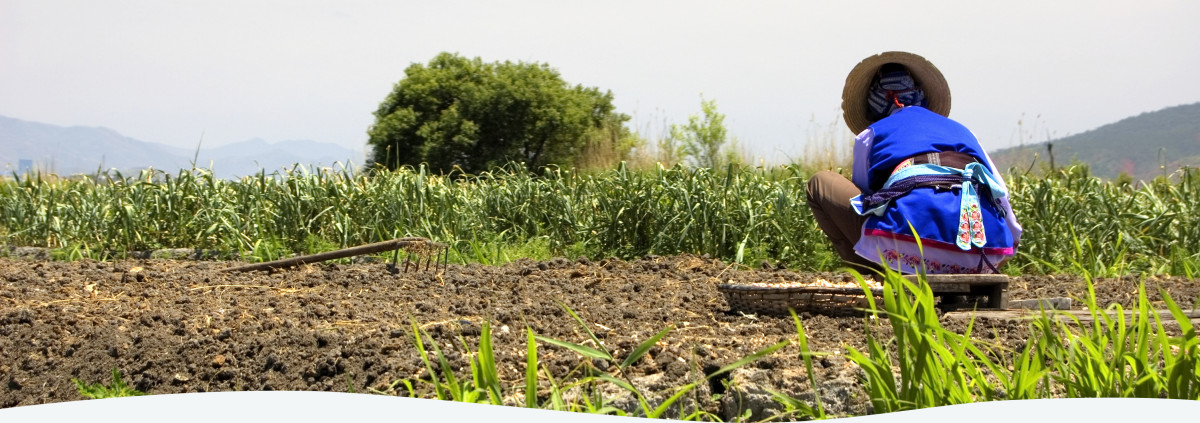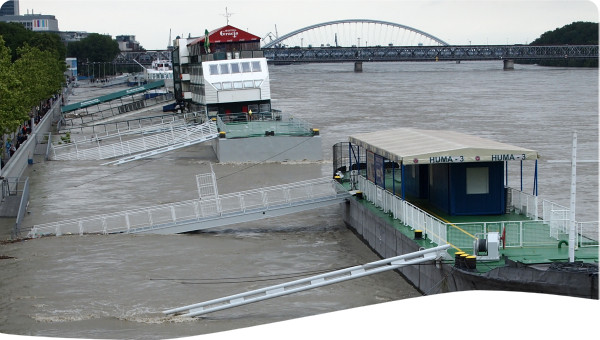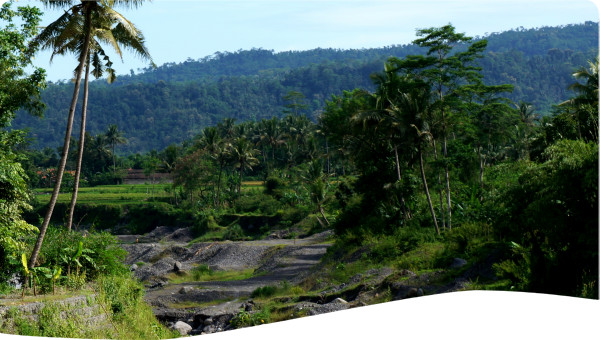After some devastating floods in the Yangtze, the Chinese government took action and issued a policy to counter floods, including wetland restoration. WWF further assisted and developed four pilot sites to demonstrate the benefits of wetland restoration for biodiversity, and to seek alternative income options for farmers, based on the sustainable use of wetlands. This case illustrates the value of a participatory approach.
The Yangtze – at 6,300km the third longest river in the world, with a basin covering 1.8 million km2 – rises at an altitude of over 5,400m in the Tibet Plateau of western China. The river and the floodplain wetlands it feeds undergo extreme seasonal changes. During the summer rainy season, the swollen waters of the Yangtze flood into the surrounding lake basins, while during winter and spring, when water levels are low, the lakes drain back into the river. Fish and animals have adapted to these changes and – under natural conditions – move freely among areas connected by seasonal flooding.
After the devastating floods in the Yangtze in 1996 and 1998, the Chinese government issued the so-called 32 character policy to counter the floods through 3 specific interventions: a ban on logging and a ban on agriculture on steep slopes and the restoration of wetlands in the floodplain of the Yangtze River. A large amount of reclaimed land is found in Dongting Lake in the Central Yangtze. Donting Lake has shrunk from 6.270 km2 in 1825 to 2600 km2 in 2001 as a result of reclamation and sedimentation. Following the 32-character policy, the Hunan provincial government began a major program of wetland restoration in Dongting Lake, involving the relocation of farmers from the reclaimed land. However, this process was threatened with failure, because of lack of attention to finding alternative incomes for the displaced farmers.
WWF’s Yangtze Programme aims to restore the Yangtze as a living river by securing effective management of a significant area of wetlands in the central Yangtze basin over a period of 25 years. It includes restoration and ecotourism activities at Dongting Lake and integrated river basin management of Poyang Lake basin, using a combination of policy work and rehabilitation of ecological processes at demonstration sites. It is hoped that successes at both Dongting and Poyang Lakes will catalyse the adoption of similar approaches in the wider central Yangtze basin. WWF developed four pilot sites to demonstrate the benefits of wetland restoration for biodiversity, and to seek alternative income options for farmers, based on the sustainable use of wetlands, one of them is Xipanshanzhou polder. The project is addressing complex issues, such as changing the attitudes and lifestyles of farmers, and developing new markets for farm products. Farmers participated actively in the development and management of the project.
The project resulted in 40% income increase generated, chemicals and pesticides reduced. The polder covers 11 ha and 150 households are involved in the restoration programme. Through the success of the demo-sites, the project achieved a major result for scaling up the work to the entire lake area. Next to this the project has instigated the set up of a state level IRBM taskforce under the China development council. As input to the taskforce and on the basis of the successes in Dongting Lake, the project is currently working with the key stakeholders in Jiangxi to apply IRBM approaches in Poyang Lake basin, a sub basin of the Yangtze River Basin.
This project has produced the following outcomes:
- Showcasing sustainable wetland restoration – restoring reclaimed agricultural land to floodplains to reduce flood damage. This involves developing alternative livelihoods for local people, in close collaboration with all relevant stakeholders.
- ‘Magnification’ of the wetland restoration model – using successful projects as models to influence provincial government policies, planning and expenditures for wetlands restoration.
- Showcasing on-the-ground IRBM practice – demonstrating IRBM in practice in one of the sub-basins of the Yangtze River as a model for the entire basin.
- Influencing policy – building and strengthening influential governmental institutions to promote IRBM at the state level, based on WWF’s field experiences, with the aim of influencing state and provincial-level policies for establishing IRBM for the whole Yangtze.
- Communicating successful approaches – WWF’s ‘Wetland Ambassador’ campaign has been used as a communications tool to spread the wetland restoration concept to a wide audience in the Yangtze basin.
- Establishing broad partnerships – this has led to effective leverage of partners’ resources to promote IRBM.
Use participatory planning at the community level but try to involve stakeholder above the field level to influence the policy framework and to embed the field level activities within the policy framework.
Good field models that are developed in collaborative efforts of key stakeholders provide entrances to discuss other more controversial water management issues.
 Case studies
Case studies

